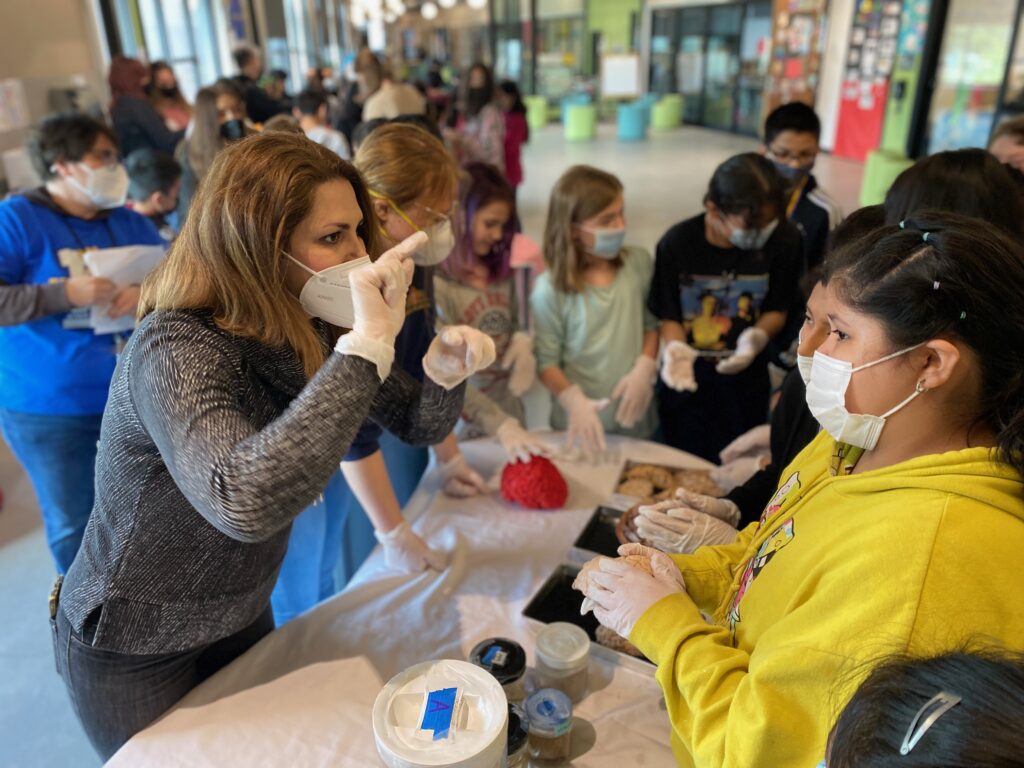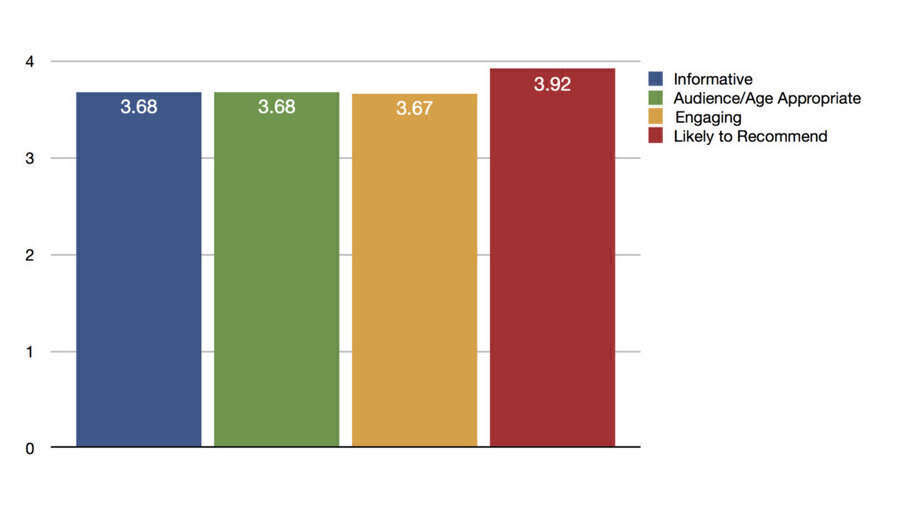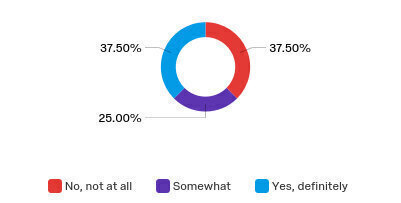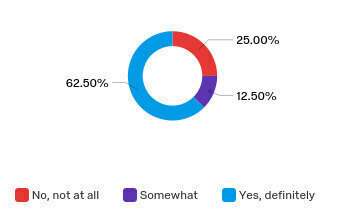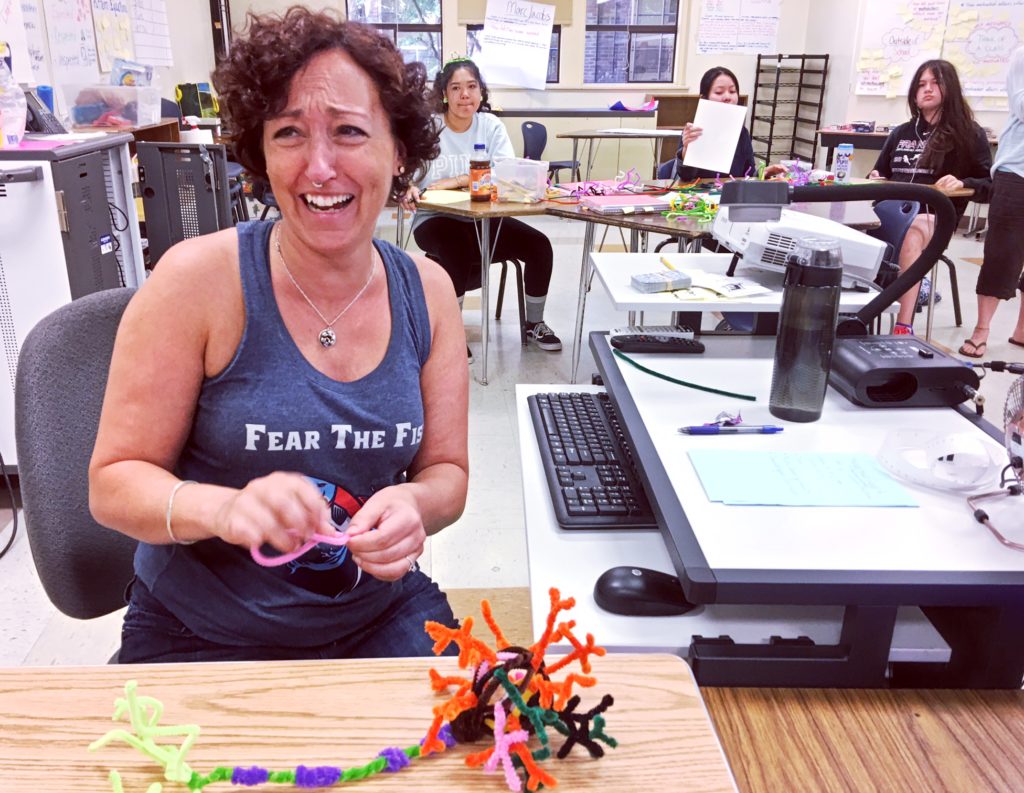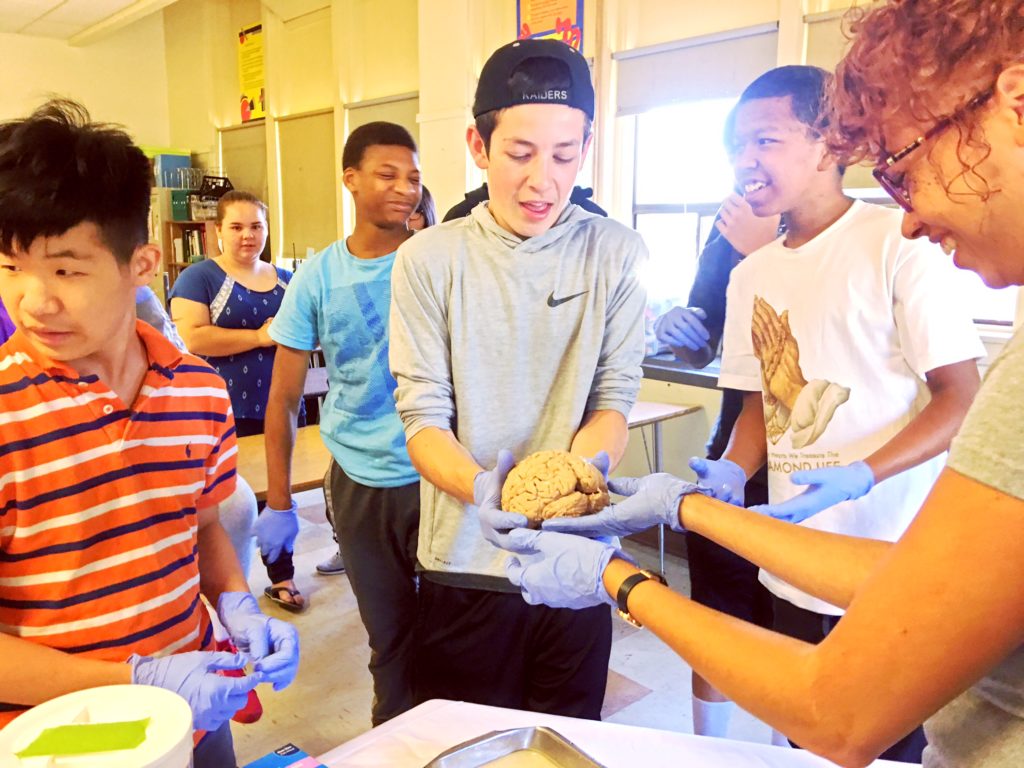By Erin McConnell, Kayla Townsley & Bill Griesar
Resource Council members (Erin, Kayla) for assessment
NW Noggin wants to continually improve outreach, to make it more educational, thought-provoking, and engaging for a wide range of audiences. In order to do so, we rely on input and feedback from our community partners, as well as the students, educators, and life-long learners we engage and serve.

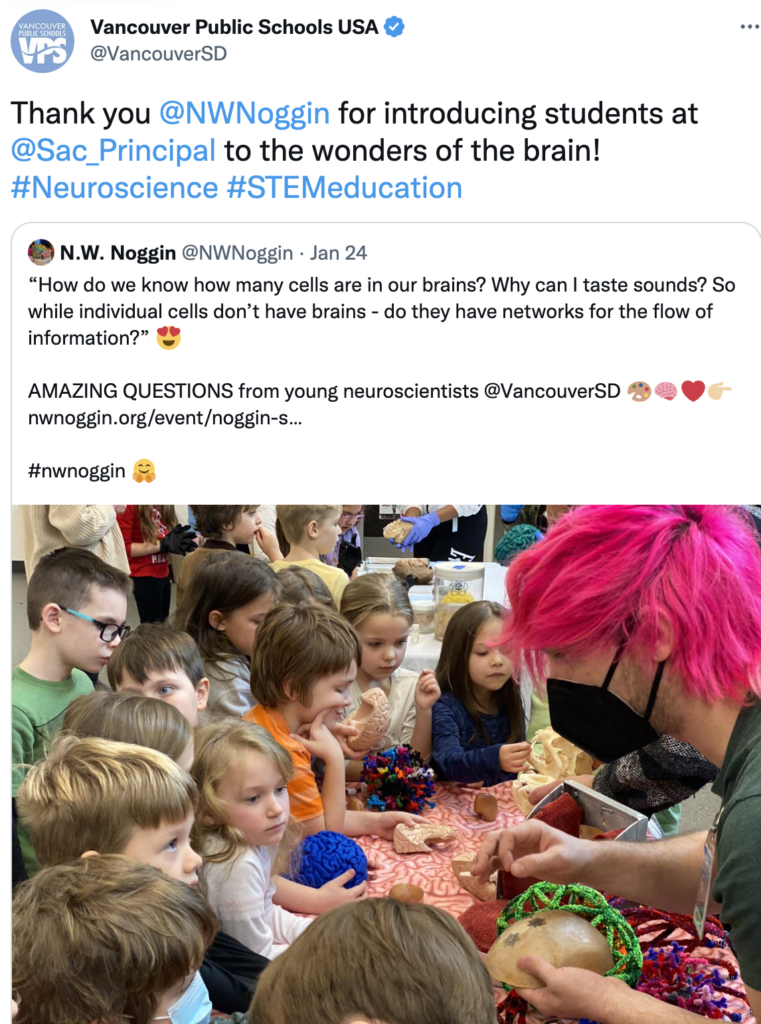
Our volunteers have worked directly with more than **60,000** students since 2012! We are asked back again and again, generally have too many requests to accommodate, and routinely receive positive comments and feedback for our arts-integrated “STEAM” approach…
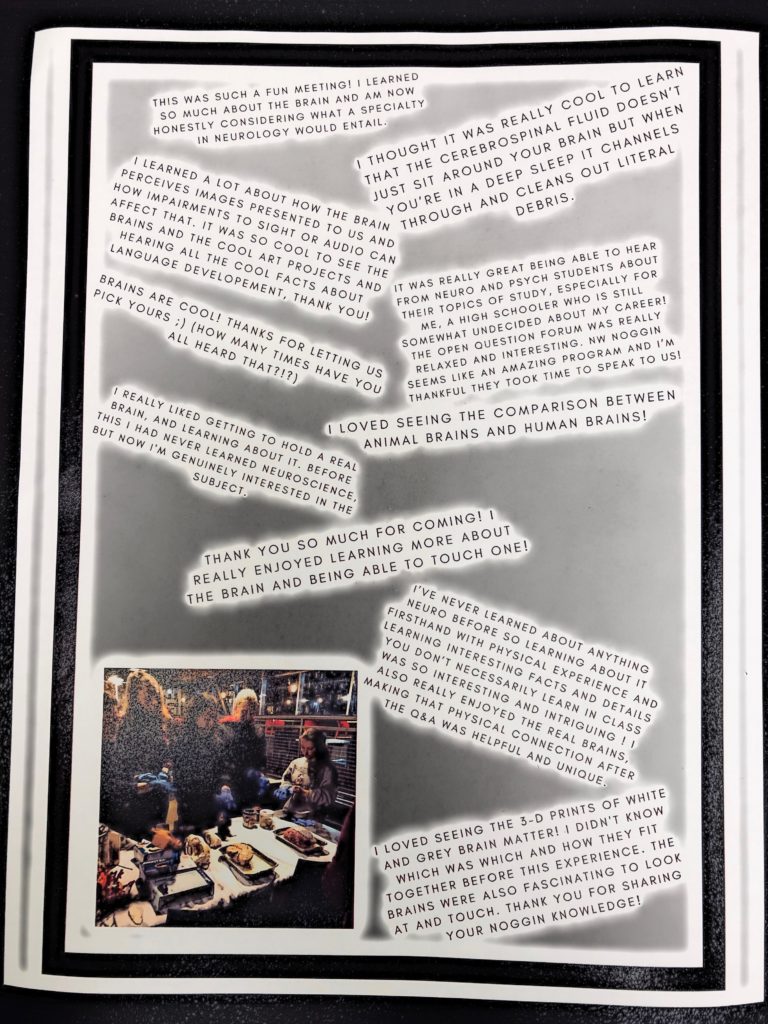
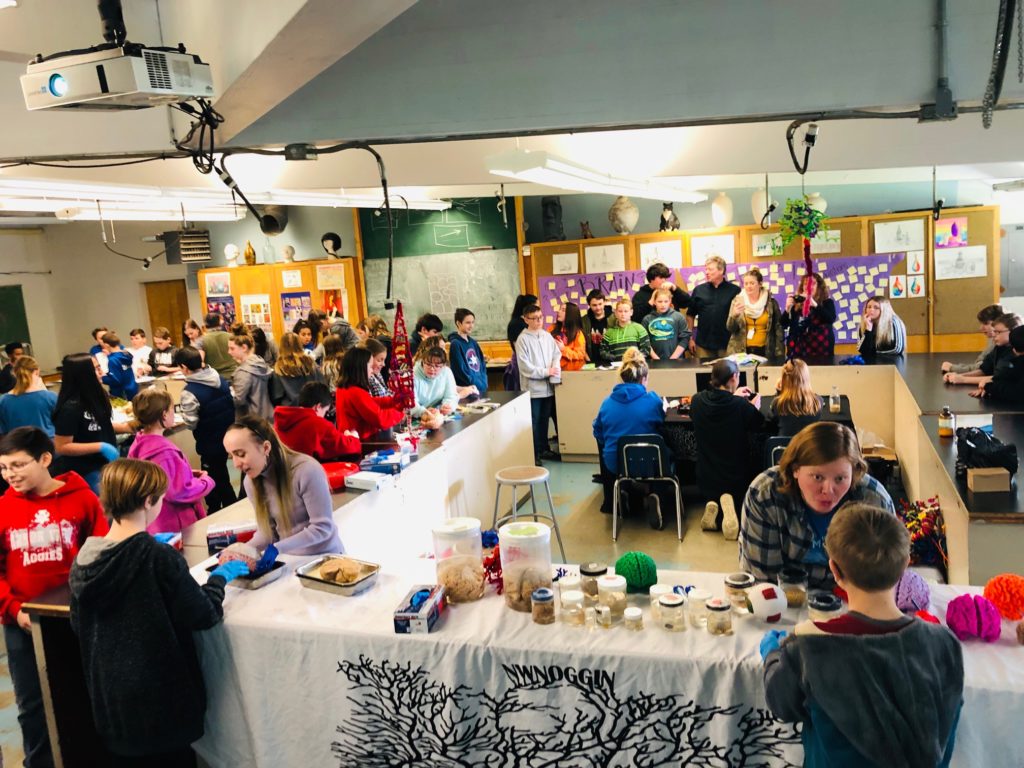
Some posts by teachers in high school…
Inspiration & Education!
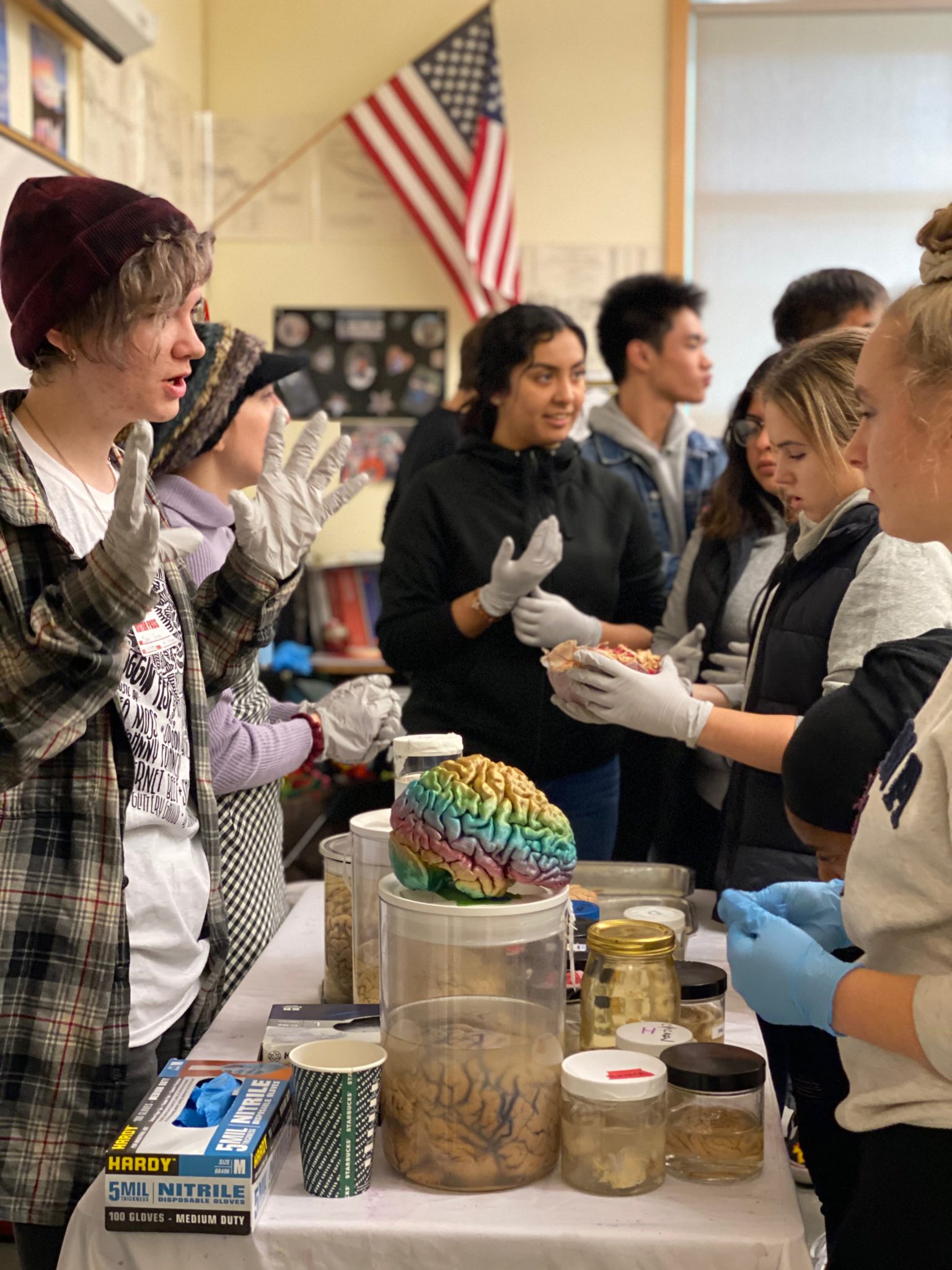
What will your students remember in five years?
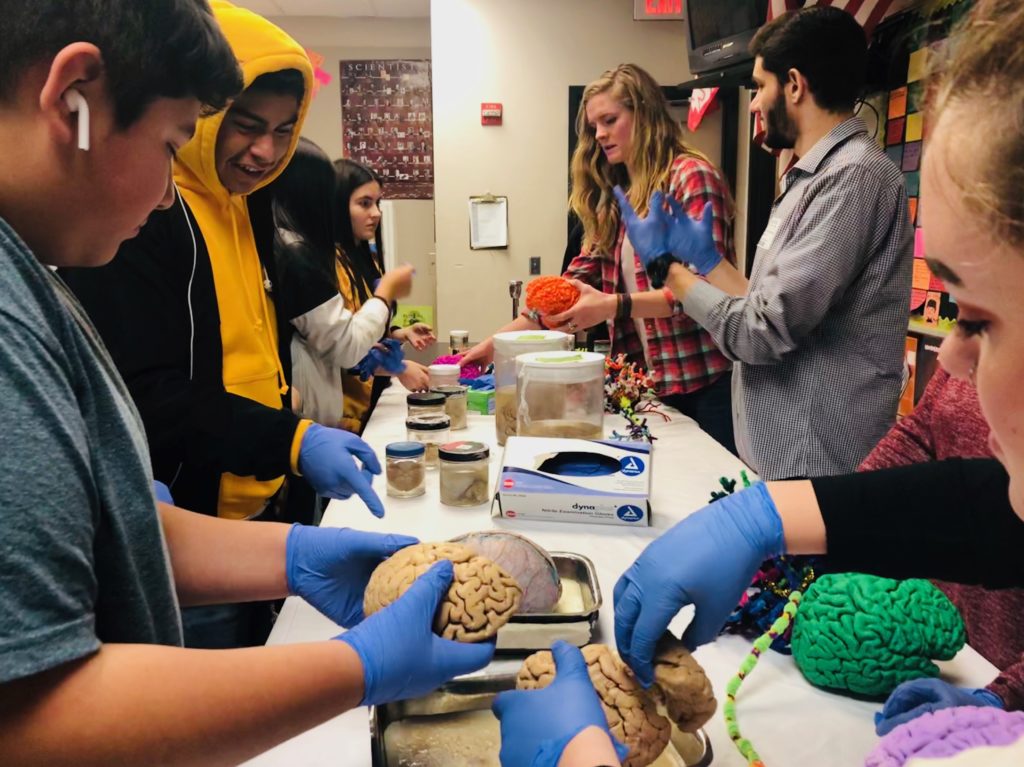
And middle school…
“Tomorrow is Brain Day!”
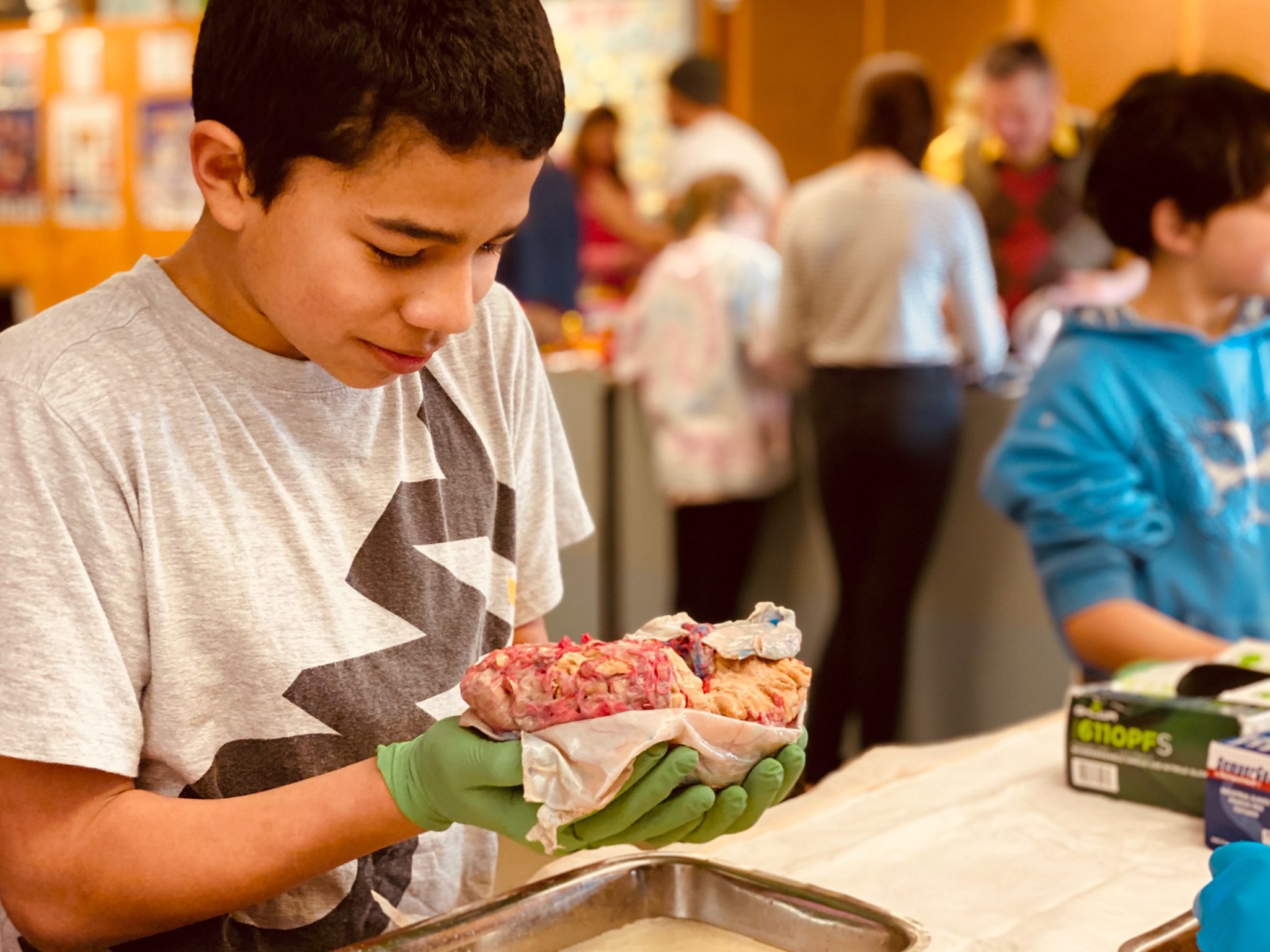
Gray Matter in Grants Pass!
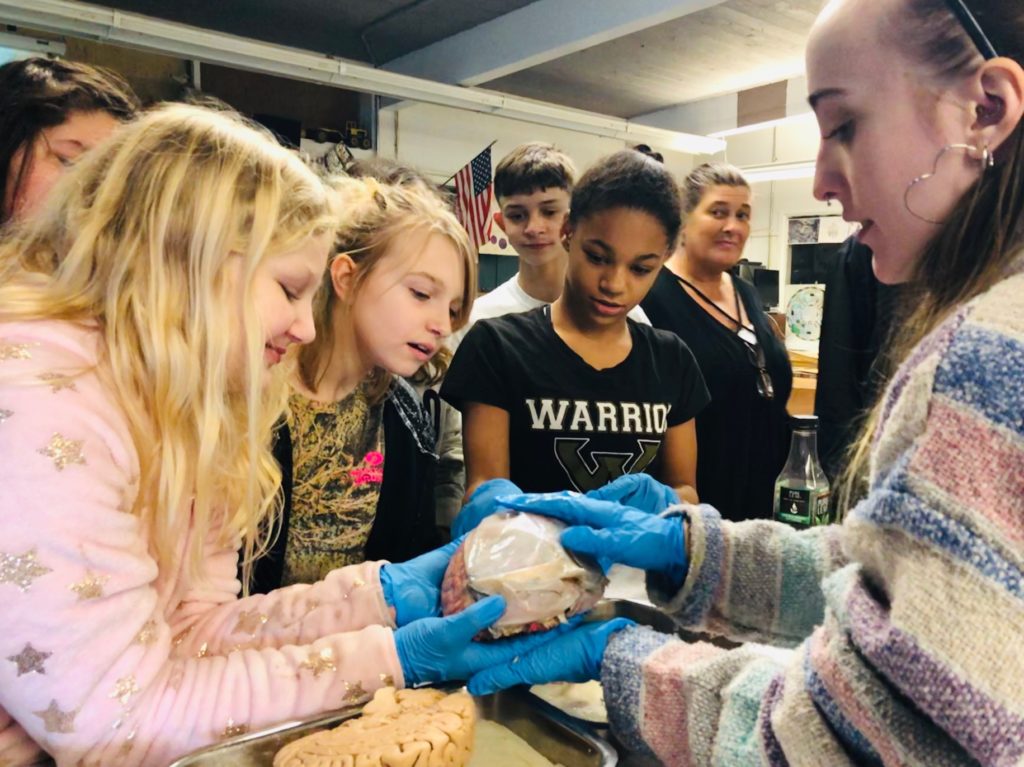
Best brain scientists!
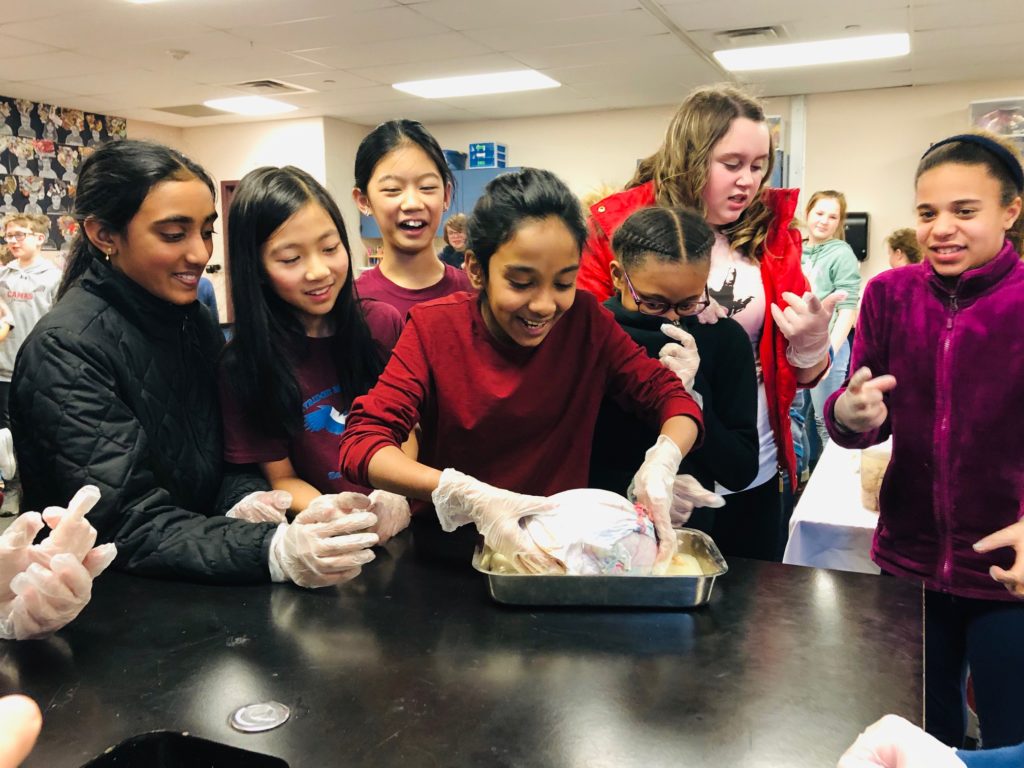
And elementary school…
Learning through mistakes!
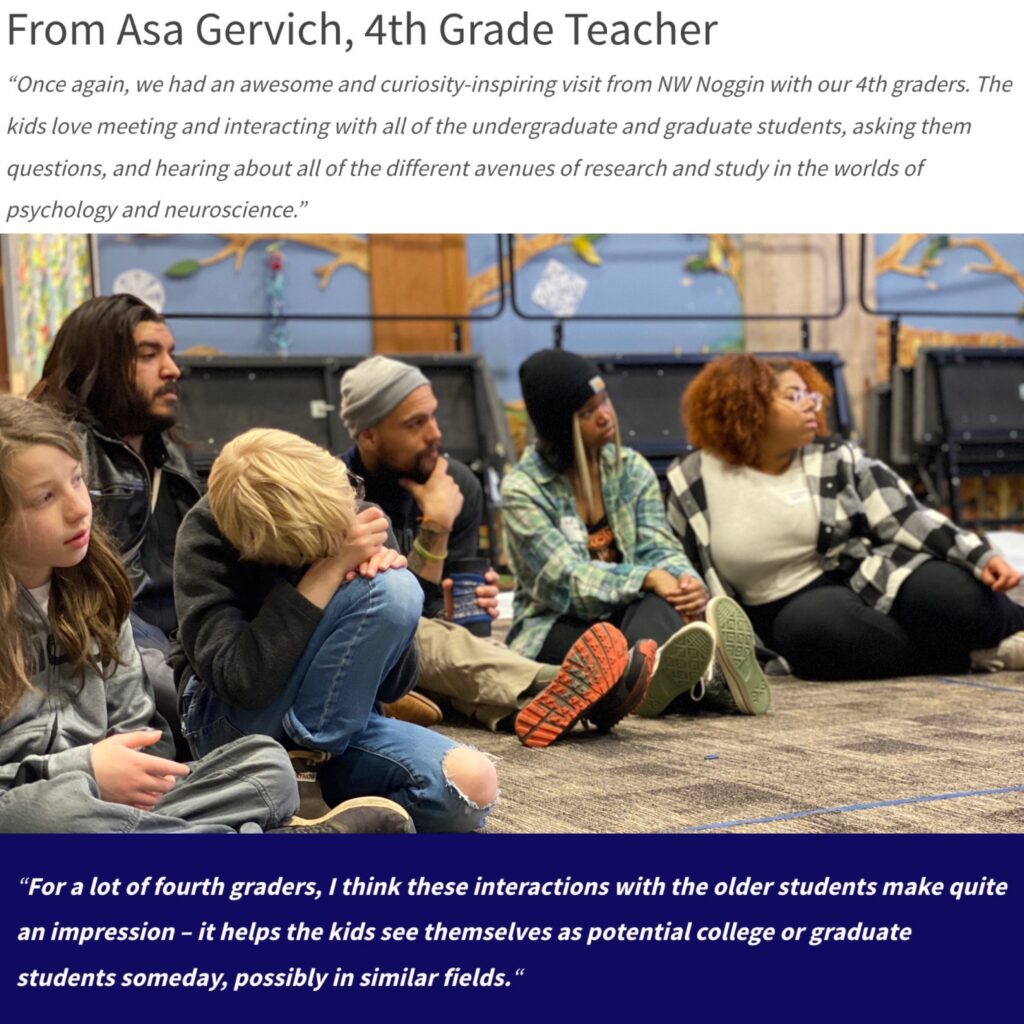
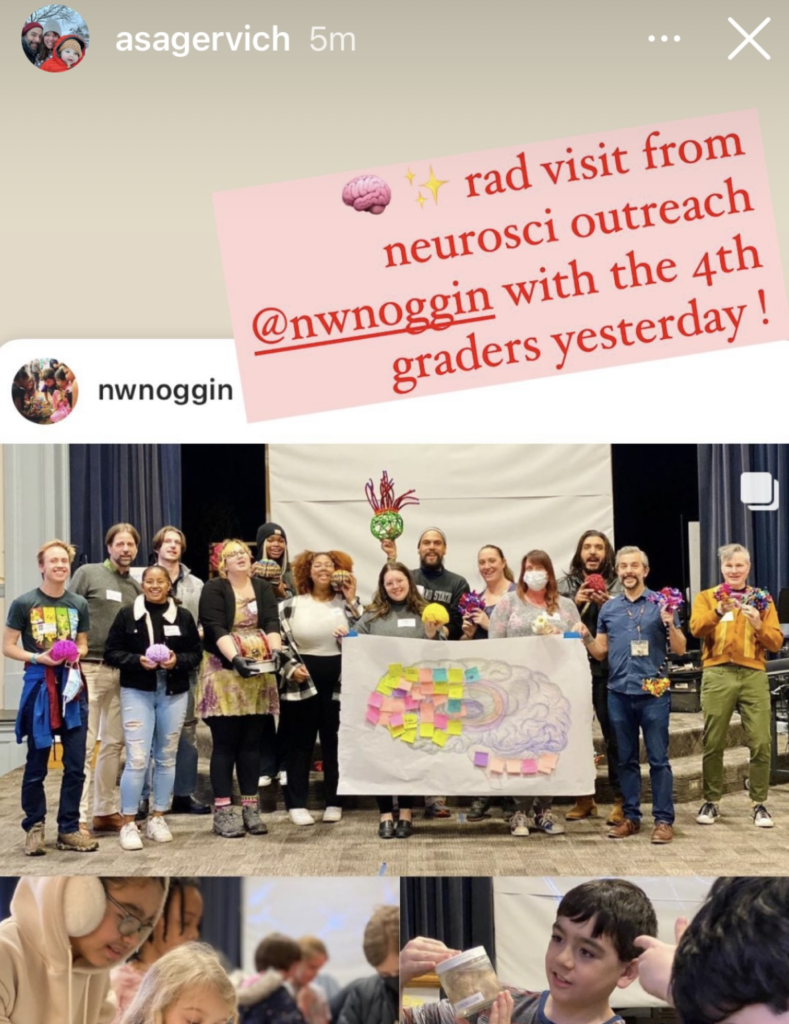
Some additional posts by volunteers about their Noggin experiences…
“Branches of the same tree”
Why do you study the brain?
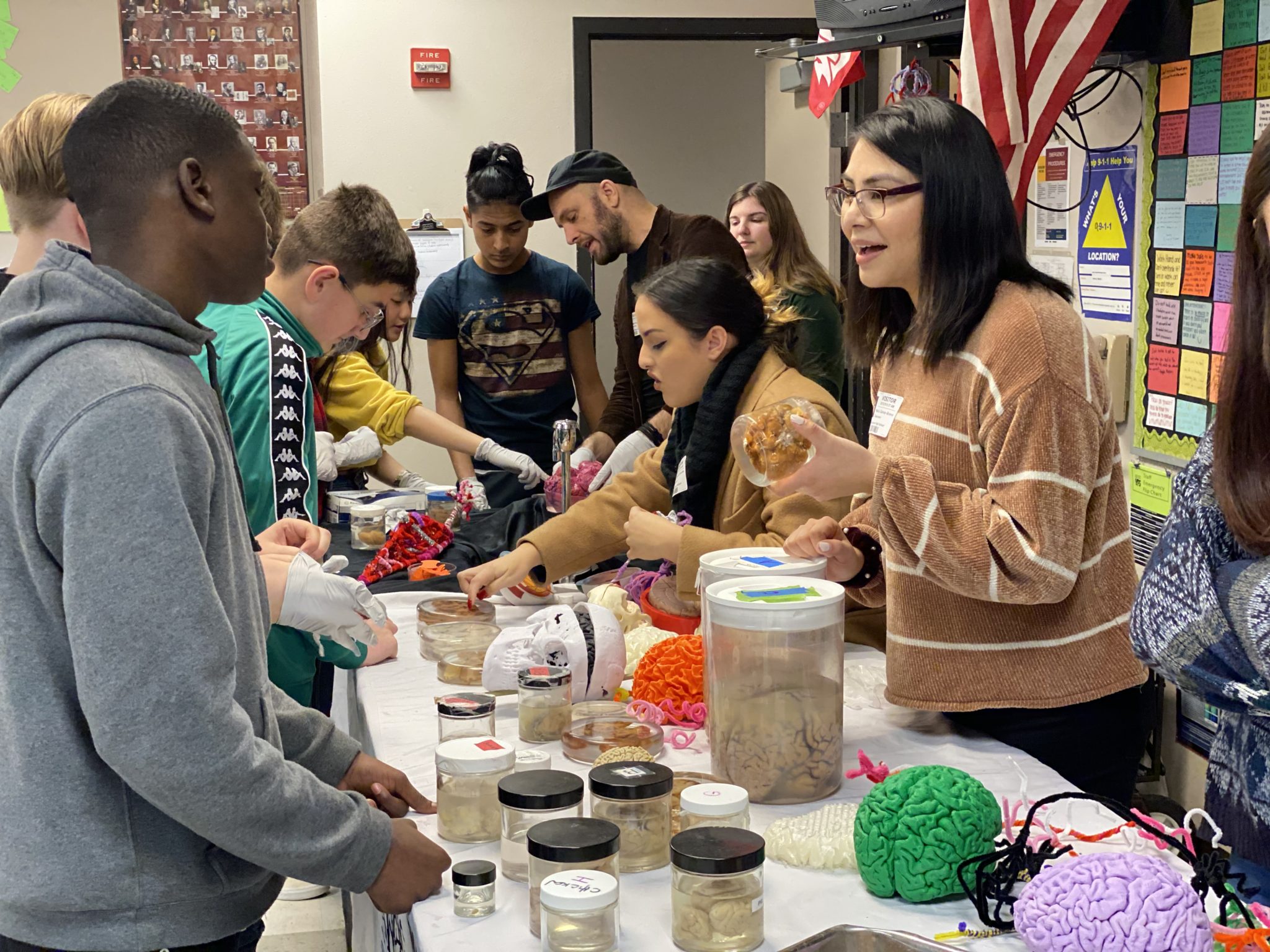
Building Connections through Mentoring
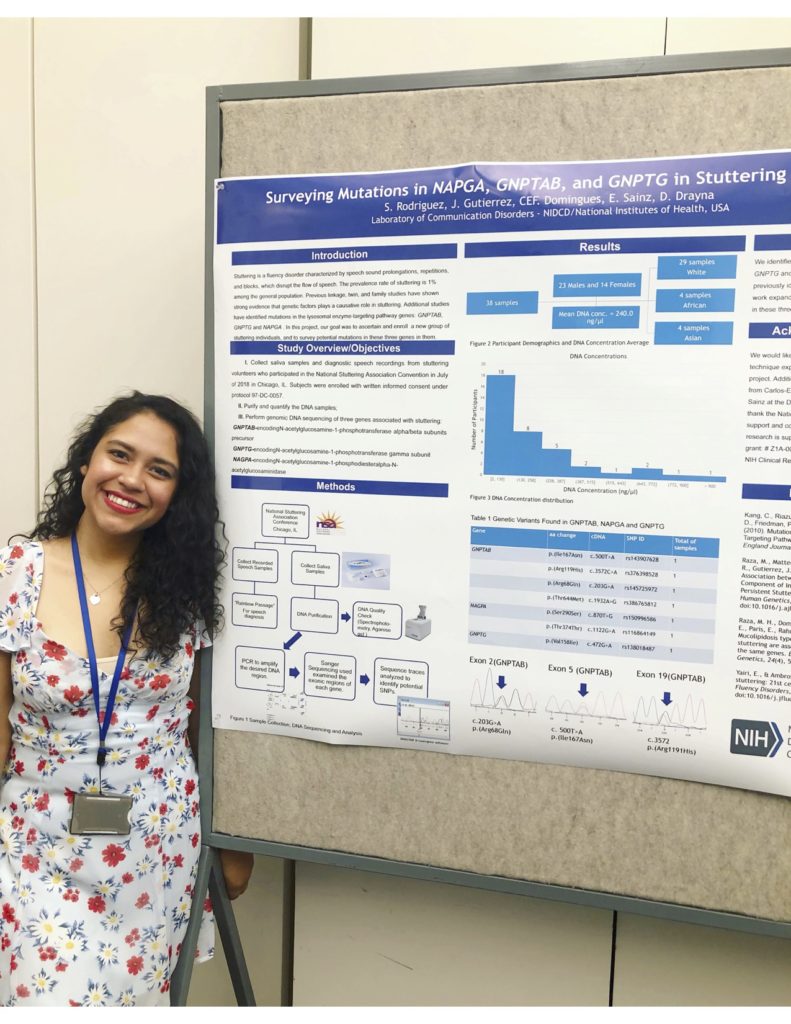
Addressing TBI through research, outreach & art
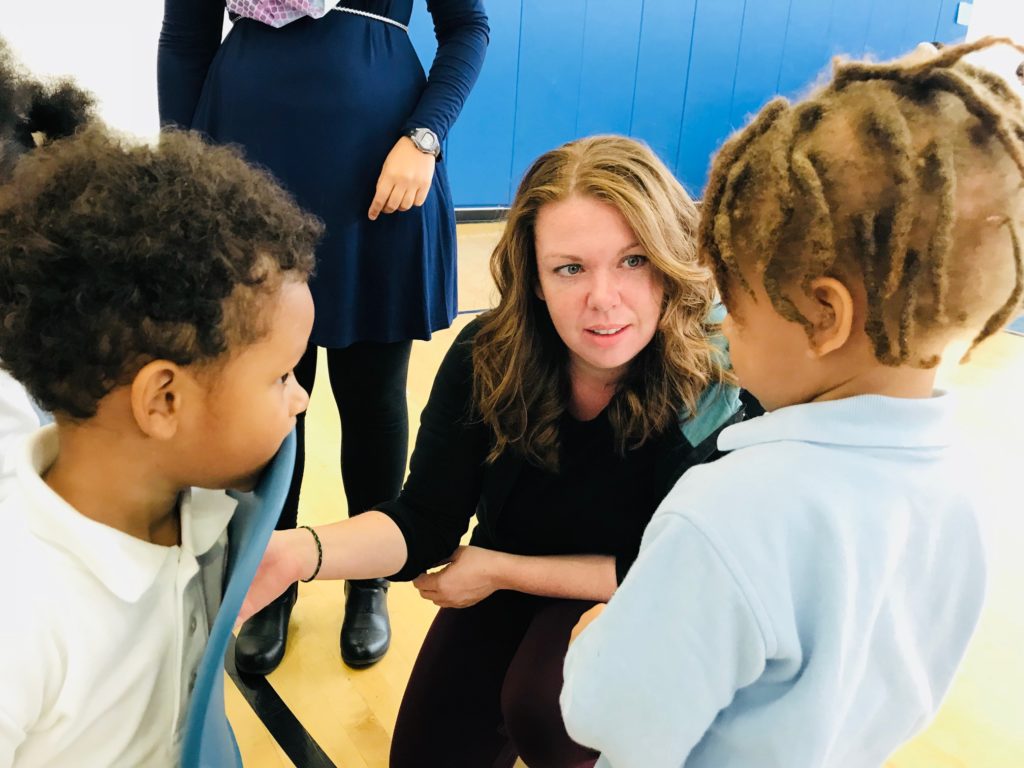
Christina Williams: Making Connections Through NW Noggin
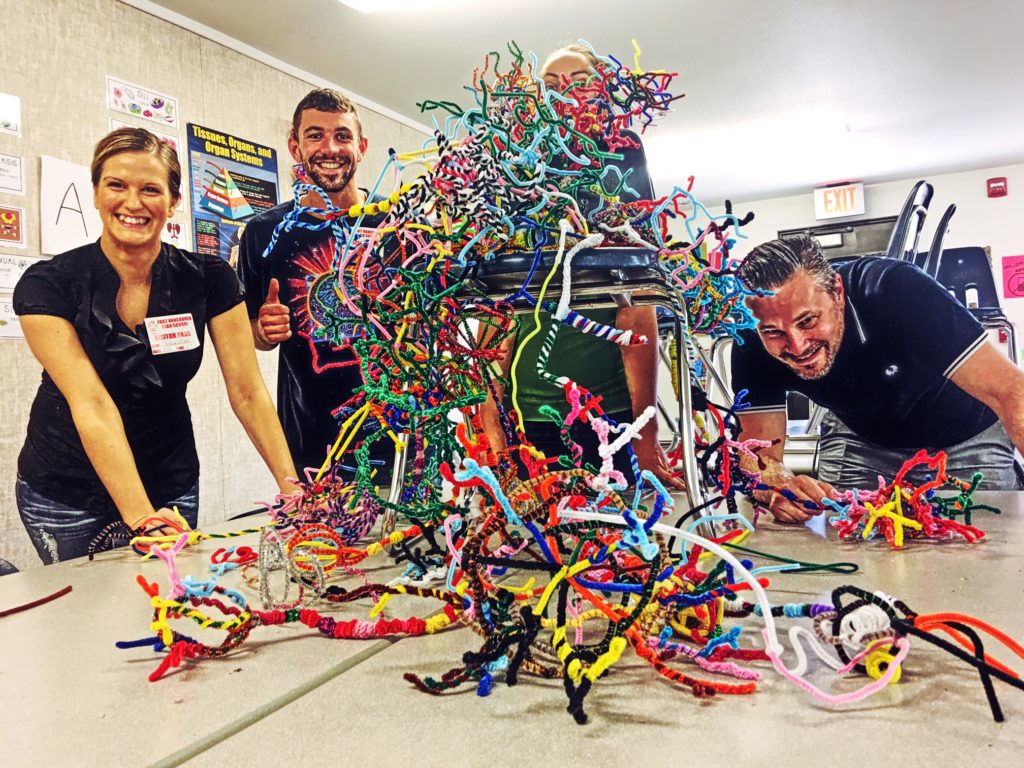
Joey Seuferling: Changing the world, one brain at a time

Kim Engeln: Teaching thousands about the brain!
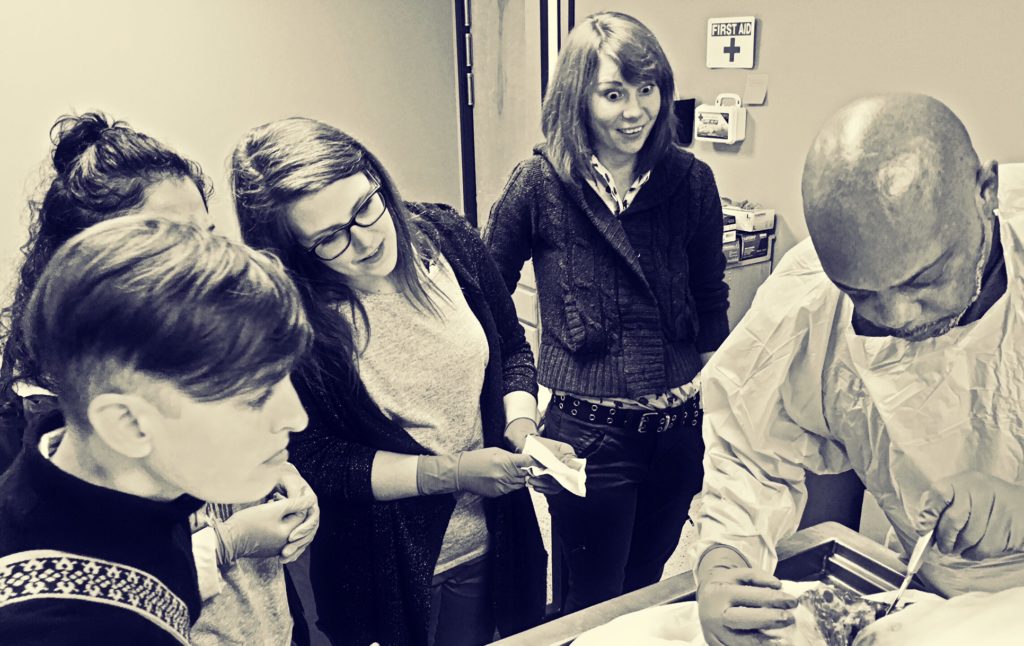
The neuroscience of teaching art & science

In the fall of 2017, Annie Greenhalgh and Rachel Terry, two graduate students in Psychology at Portland State University, interviewed NW Noggin coordinators and developed an evaluation plan and logic model for our STEAM outreach efforts in the community…
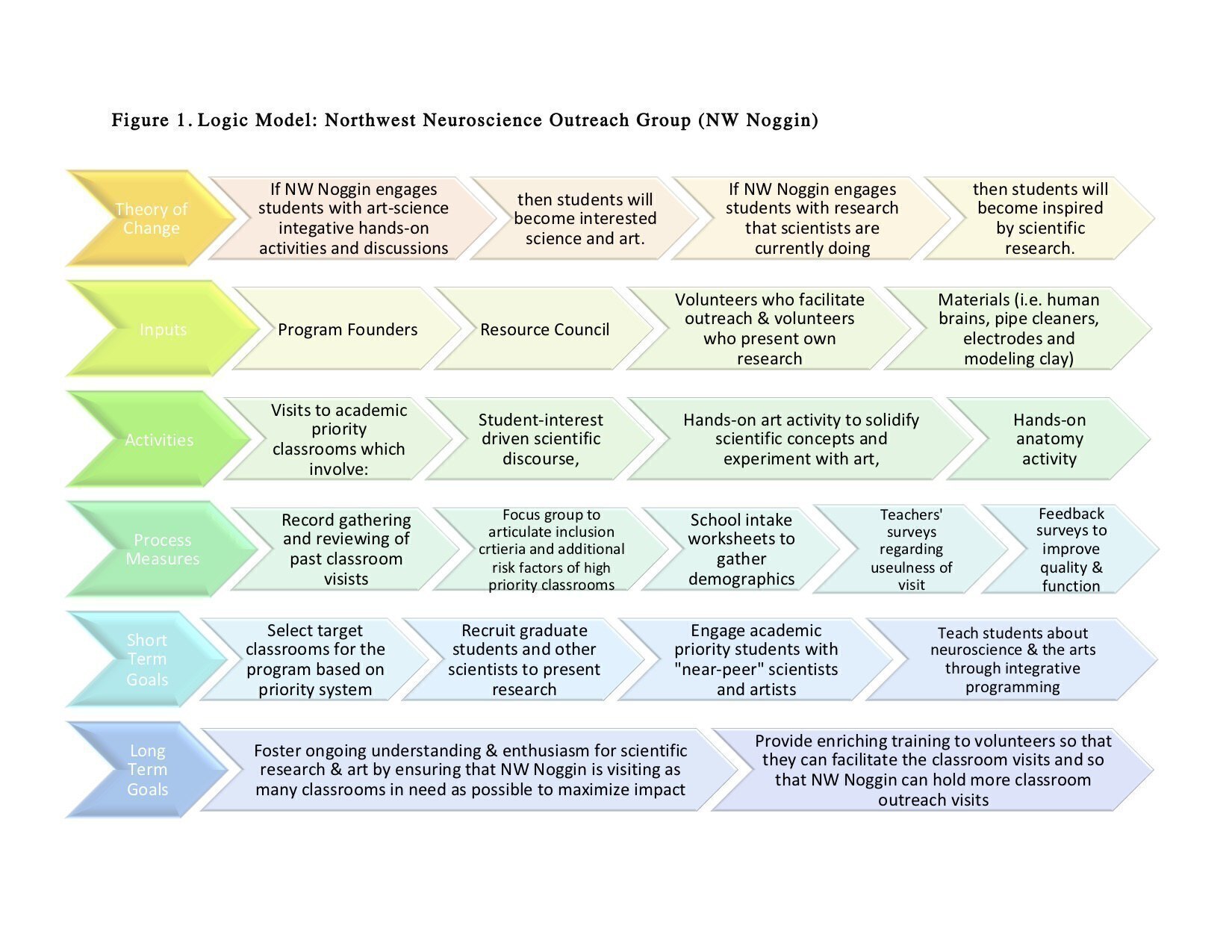
LEARN MORE: Final_Evaluation Plan_NW Noggin
LEARN MORE: Daily Affect, Drinking, and Interpersonal Context Health Lab
LEARN MORE: Community Inclusion Research at Portland State

Where We Have Been (January – September 2017)
From the start of the new year to the beginning of the 2017-2018 school year, NW Noggin brought their science and art enrichment knowledge and activities into 6 different primary and secondary schools (He La High School, Liberty High School, Ardenwald Elementary, Byron Elementary, Sitton Elementary, The Gardner School of Arts & Sciences, Franklin High School, NEOAHEC, La Grande, Lane and Shahala Middle School). Additionally, NW Noggin manned an interactive booth at OMSI Brain Week as well as at health fairs at Camas, Jefferson High, and Salmon Creak. NW Noggin members marched for science on April 21, presented at the the Annual Cannabis Collaborative Conference, during Brain Awareness Week, and at the Society for Neuroscience (SfN) Oregon Chapter meeting. NW Noggin also presented to undergraduates at PSU during MESA day, held events for houseless youth at P:EAR, and hosted 4 Velo Cult events.

Feedback From Classroom Visits
In July 2016, we began collecting feedback following our events for school-aged children from the adult educators in attendance at those events (e.g. teachers, camp counselors, parent volunteers, etc.). Mainly our aim was to find out how informative, audience appropriate, and engaging our event was from their perspective, and also how likely they would be to recommend NW Noggin to other educators and to implement arts integrative techniques in their classrooms. In an anonymous online survey, we asked both quantitative and qualitative questions regarding these topics, and gathered open-ended feedback as well.
The following graph is an update, compiling data from the beginning of July 2016 until now and shows quantitatively how informative, audience/age appropriate, and engaging the respondents of our survey rated us as, and how likely they said they would be to recommend us. The scale for responses was 0 to 4, with 0=Not at all and 4=Extremely.
Beginning in July 2017, we began asking respondents of our survey if their experience with NW Noggin 1) changed their viewpoint of arts integrations and 2) how likely they would be to utilize art in the classroom themselves. The following graphs shows the percent of respondent who answered either 1 (No, not at all), 2 (Somewhat), or 3 (Yes, definitely) to the following questions.
1. Did your experience with NW Noggin change in any way your viewpoint on teaching science to young people?
2. Did your experience with NW Noggin change your perspective on integrating Art and Science?
Respondent comments
Impact of Arts Integration in the Classroom:
“Who knew that these two disciplines could be brought together in a thoughtful and engaging way!”
“They have the same perspective as I do – 7/8th graders are intelligent and learn best through doing; metaphors and analogy are very meaningful at this age, and creating something beautiful that’s connected to science is a wonderful way to learn.”
“Hands-on activities are the way to go! They make the longest-lasting impact.”
Volunteers:
“I felt the entire experience was age appropriate. The kids enjoyed making the neurons out of pipe cleaners and were given very clear instructions. Their favorite part was holding the brains; an experience I am sure they will never forget!”
“Spoke to the students without watering down their message…engaged the children in questions and activities that allowed children to respond in ways that made sense to them…never spoke down to their audience…it was incredibly respectful…the presenters spoke passionately about their field of study.”
Student Engagement & Growth:
“Being able to see and “touch” a real brain was the most engaging part. This experience really made what a brain is and made it clear to students how it works. Building the neurons was a great visual for students. Them being able to walk around and connect to other students really made them think about what sorts of things can impact how their brain works and what they can do to improve their own thinking and understanding.”
“I loved that there were preserved brains students could hold and that the second session had a kinesthetic learning activity.”
Comments from Students
“Thank you for letting us see and hold those gnarly brains. I learned so much stuff it was awesome. You guys have inspired me to want to become a neurologist.”
“Thank you so much for coming and talking to us about brains. It was very interesting and I learned a lot of new things. Holding the brain was also very fun and exciting.”
“Dear NW Noggin – I wanted to say thank you for taking your time to show us brains and how to make neurons.”
“Thank you NW Noggin for showing us brains. I thought it was dope that I could make my own brain cell outta pipe cleaners. Thanks guys.”
December 2016: Quarterly Report
Where We Have Been Lately (July – December 2016):
In the latter part of the summer, 2016, NW Noggin visited 2 school-based camps for Middle and High school students (SUN @ Floyd Light MS, and AYD @ Franklin HS), and manned an interactive booth at the Camas for Kids Health Fair. Between the beginning of the 2016-2017 school year and the end of December 2016, NW Noggin brought their science and art enrichment knowledge and activities into 6 different primary and secondary schools (Fort Vancouver High, Vancouver iTech Prep, Skyridge Middle School, Battle Ground High, and Jefferson and Linda Vista Elementary Schools).
Not including the Camas Health Fair (which approximately 600 people attended), we estimate that at the school visits listed above, NW Noggin met with between 650 and 700 school-age children. In addition, NW Noggin members presented to college students at a PSU art class, gave a workshop for the Washington State Psychological Association, gave presentations at the Portland Art Museum and Gallery 114, presented at both the White House Frontiers Conference and the Society for Neuroscience Conference, and hosted 3 Velo Cult events.
Feedback From Classroom Visits
In July 2016, we began collecting feedback following our events for school-aged children from the adult educators in attendance at those events (e.g. teachers, camp counselors, parent volunteers, etc.). Mainly our aim was to find out how informative, audience appropriate, and engaging our event was from their perspective, and also how likely they would be to recommend NW Noggin to other educators. In an anonymous online survey, we asked both quantitative and qualitative questions regarding these topics, and gathered open-ended feedback as well.
The following graph shows quantitatively how informative, audience/age appropriate, and engaging the respondents of our survey rated us as, and how likely they said they would be to recommend us. The scale for responses was 0 to 4, with 0=Not at all and 4=Extremely.
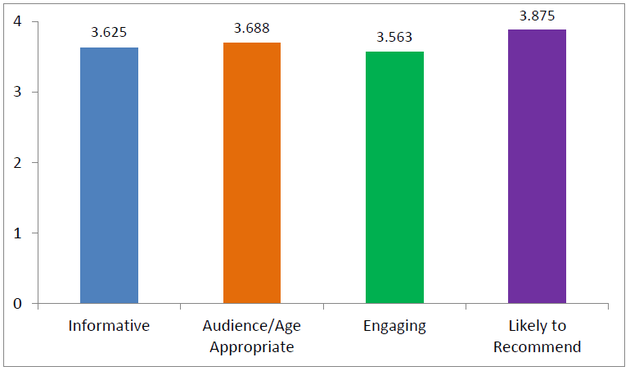
*Page under construction– the qualitative information we collected is decidedly more helpful and informative for our purposes, and that will be coming soon!



